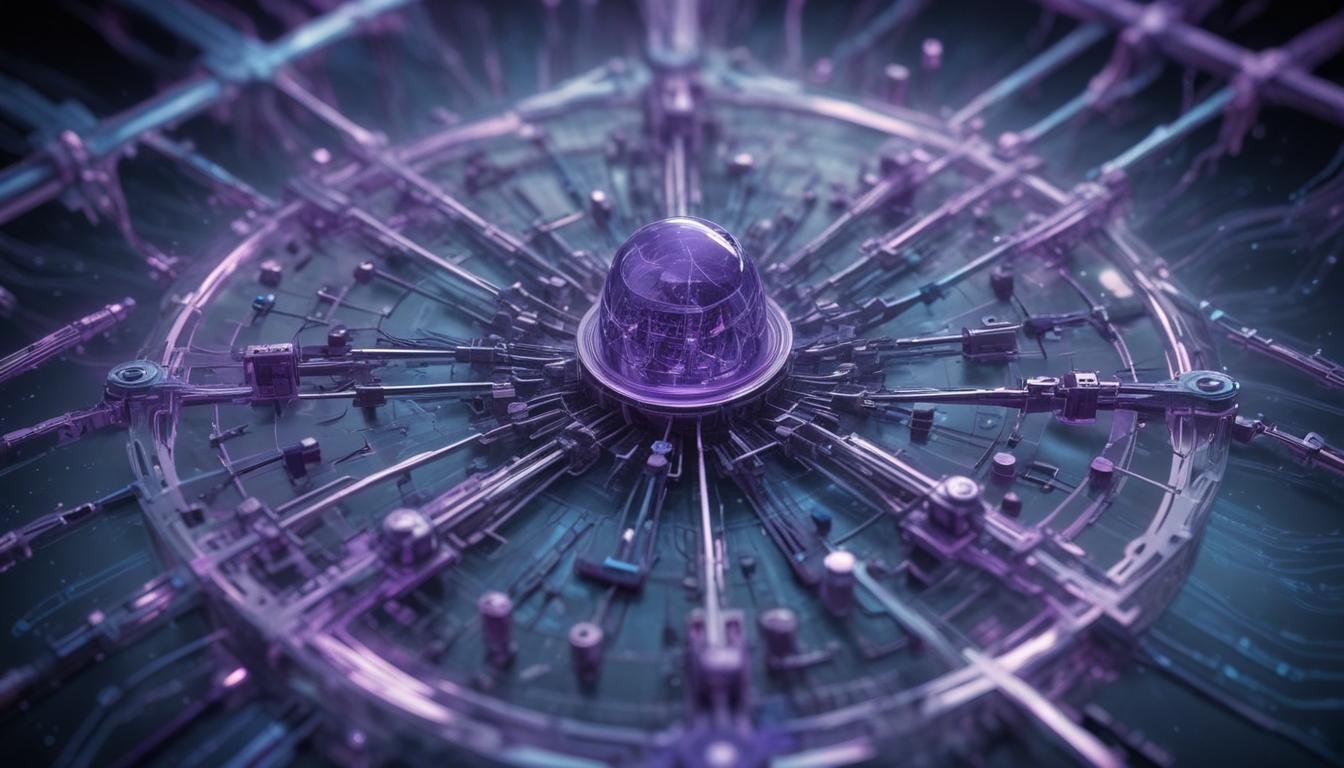Decoding Quantum Supremacy: The 5 Pillars Powering Tomorrow’s Computing
The world of computing is on the cusp of a revolution, driven by the awe-inspiring power of quantum mechanics. Quantum computing, once a theoretical dream, is rapidly transforming into a tangible reality, promising to reshape industries from medicine to finance. But what exactly makes a quantum computer tick? Let’s dive into the five main components that underpin this futuristic technology, and explore how Quantuamaibit is at the forefront of this innovation.
1. Qubits: The Building Blocks of Quantum Information
Unlike classical computers that rely on bits representing 0 or 1, quantum computers use qubits. Qubits leverage the mind-bending principles of quantum mechanics to exist in a superposition, meaning they can represent 0, 1, or a combination of both simultaneously. This allows quantum computers to explore a vast number of possibilities concurrently, vastly outperforming classical computers for certain tasks.
Imagine searching for a specific grain of sand on a beach. A classical computer would have to check each grain individually. A quantum computer, using qubits in superposition, could examine all grains at once! This parallel processing capability is the key to quantum supremacy.
2. Quantum Gates: Manipulating Qubit States
Just as classical computers use logic gates to manipulate bits, quantum computers employ quantum gates to transform the states of qubits. These gates are precise operations that alter the superposition or entanglement of qubits, allowing for complex calculations. Different sequences of quantum gates create algorithms tailored to solve specific problems.
Think of quantum gates as instructions for qubits, guiding them through a computational maze. Optimizing these gate sequences is a critical area of research, and advancements in quantum gate technology are paving the way for more powerful and efficient quantum computers.
3. Quantum Measurement: Extracting Information
After manipulating qubits with quantum gates, the final step is quantum measurement. This process collapses the superposition of qubits into a definite state (either 0 or 1), allowing us to extract the results of the computation. This is a crucial, but delicate step as the act of measurement fundamentally changes the quantum state.
Because measurement collapses the superposition, quantum algorithms are carefully designed to ensure that the desired outcome is the most probable result after measurement. Advanced error correction techniques are employed to mitigate the impact of noise and decoherence, improving the reliability of quantum computations.
4. Quantum Control: Maintaining Coherence
Quantum control refers to the intricate systems used to manipulate and maintain the delicate quantum states of qubits. Qubits are extremely sensitive to their environment, and any interaction with external noise can cause them to lose their quantum properties – a phenomenon called decoherence. Precise control of temperature, electromagnetic fields, and other environmental factors is vital to preserving qubit coherence and ensuring accurate computations.
Quantum control systems are often highly specialized and tailored to the specific type of qubit being used. Superconducting qubits, for example, require extremely low temperatures (close to absolute zero) and carefully shielded environments to prevent decoherence.
5. Quantum Algorithm Design: Orchestrating the Quantum Symphony
The final pillar is quantum algorithm design. Creating efficient and effective quantum algorithms is a complex undertaking that requires a deep understanding of both quantum mechanics and computer science. Quantum algorithms exploit the unique properties of qubits and quantum gates to solve problems that are intractable for classical computers.
Notable examples of quantum algorithms include Shor’s algorithm for factoring large numbers (threatening modern encryption) and Grover’s algorithm for searching unsorted databases significantly faster than classical algorithms. The development of new and innovative quantum algorithms is crucial for unlocking the full potential of quantum computing.
The Future Powered by Quantuamaibit
At Quantuamaibit, we are dedicated to pushing the boundaries of quantum computing and artificial intelligence. By focusing on these five core components, we are building a future where quantum computers solve some of the world’s most challenging problems. From developing new drugs and materials to optimizing complex systems and securing our data, the potential of quantum computing is limitless.
As quantum technology continues to evolve, Quantuamaibit will remain at the forefront, driving innovation and shaping the future of computing. Join us on this exciting journey as we unlock the power of quantum supremacy.

